Elemental analysis performed on plaster casts of seven victims of the volcanic eruption that buried the ancient Roman city of Pompeii has confirmed that asphyxiation was their likely cause of death. The project used portable x-ray fluorescence (XRF) techniques to gain insight into the final moments of people who lived in the city when Mount Vesuvius erupted in the year 79CE.
The casts from Pompeii were first created in the 1870s by injecting plaster into the spaces left by bodies decomposing under the volcanic ash. Due to the way they were made, the casts contain skeletal remains and retain the original body shape.
While these moulds have offered insights into the eruption and its aftermath, analysing the biological material has proven difficult due to the contamination with plaster. ‘The main [components] of the plaster and the bones are [calcium-based], but the proportion of phosphorous changes,’ explains Gianni Gallello, an archaeologist at the University of Valencia, Spain, who led the project.
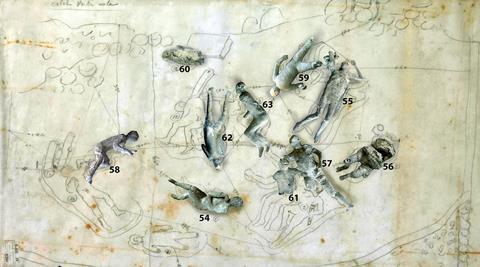
Employing portable XRF to scan six casts from the Porta Nola area and one from Terme Suburbane in Pompeii, the researchers compared the elemental compositions to those of bones that were either cremated nearby before the eruption or buried in Valencia, Spain. By focusing on the phosphorous-to-calcium ratios of the samples, the team developed a statistical model to differentiate plaster and bones within the casts. ‘The contaminated bones are very similar to the plaster while the less contaminated bones are similar to the burned bones,’ says Gallello. This similarity to burned bones is believed to be due to chemical processes that caused the leaching of carbonates and phosphates.
The elemental data provides evidence that asphyxia caused by inhaling ash is what killed the Porta Nola victims, before the bodies were buried by further volcanic material. The researchers note that the cast bones’ chemical similarity to cremated bones, as well as the victims’ prone but relaxed positions, suggests suffocation as the cause of death.
Piero Dellino, a professor of volcanology at the University of Bari, Italy, agrees with these conclusions. ‘People were not killed by the mechanics or other things. People were killed because they were breathing ash,’ he says. ‘It was not hot, just that the eruption lasted for a few minutes more than what can be breathable.’
For Gallello, a major takeaway from the work is the importance of collaboration in science. ‘A multidisciplinary approach is really essential in these kind of studies,’ he says. ‘[Our work provides] an additional tool employing chemical data to study these amazing remains.’
This sentiment is echoed by Dellino. ‘Fragmenting science and looking only at the biological, or at the natural, or at the environmental, or at the geological part doesn’t tell the true story because this world is complex,’ he says.
According to Dellino, studying the history of the areas around Vesuvius, not only allows people to learn about the past but also to prepare for the future. ‘Vesuvius is the most hazardous volcano in the world … The red zone [around] Vesuvius involves 700,000 people at risk,’ he says. ‘If you study a thunderstorm, or if you study a big flood, you understand very little during the event. But after the event is like a crime scene – you can understand many things after the event, and then [develop plans] for [future] mitigation.’
References
L Alapont et al, PLoS ONE, 2023, DOI: 10.1371/journal.pone.0289378


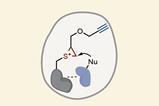



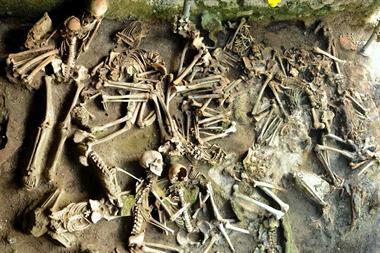
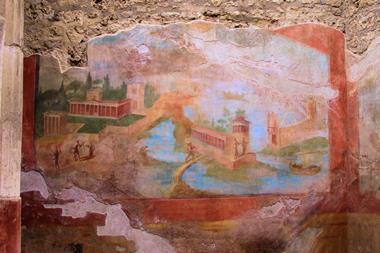
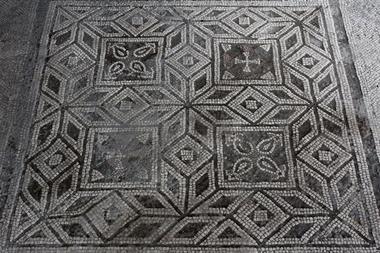








No comments yet